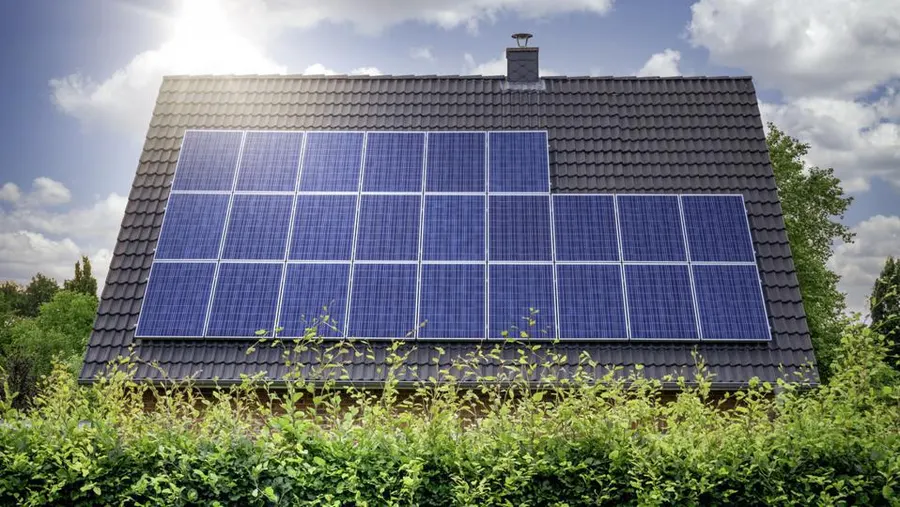Energizing Your Property: A Guide to Efficient Power Generation

Harnessing energy efficiently is becoming increasingly crucial as we move towards more sustainable living practices. From solar panels to wind turbines, numerous options are available for homeowners looking to reduce their carbon footprint and energy bills. This guide explores various power generation methods, highlighting their benefits, drawbacks, and potential savings, helping you decide the best fit for your home.
Catching the Wind: Small-Scale Turbines
When considering the best wind turbines for home Ireland, small-scale wind turbines emerge as a viable option for property owners. Ideal for areas with an average wind speed of at least 5.5 m/s, these turbines can significantly offset electricity costs. Installation requires sufficient space and regulatory approval, but the investment can pay off, especially in windy regions. The initial setup cost can be high, but government incentives and the potential for selling excess power back to the grid make wind turbines an attractive option. However, maintenance and the visual impact on the landscape are considerations that need to be addressed.
Solar Power: Harnessing the Sun’s Rays
Solar energy is a popular choice for homeowners due to its wide applicability and environmental benefits. Panels can be installed on most roofs, converting sunlight into electricity even on cloudy days. The cost of solar panels has decreased significantly, making this a more accessible option for many. Additionally, solar installations can increase property value and offer savings on electricity bills over time. However, the initial investment and the need for a suitable roof orientation can be barriers. Solar energy also provides a reliable power source, with minimal maintenance required once installed.
Hybrid Systems: The Best of Both Worlds
Combining wind and solar power can create a hybrid system that maximizes energy generation. These systems are particularly effective in areas where wind speeds and sunlight hours vary seasonally. By harnessing both sources, homeowners can ensure a more constant and reliable energy supply. The initial cost is higher due to the complexity of combining two technologies, but the long-term savings and environmental benefits can be substantial. Hybrid systems also reduce reliance on the grid, providing energy security and independence.
Geothermal Heat Pumps: Earth’s Natural Warmth
Geothermal heat pumps utilize the earth’s constant underground temperature to heat and cool homes. This method is incredibly efficient, significantly reducing heating and cooling costs. The installation involves significant landscaping and upfront costs, but the long-term savings on energy bills and minimal maintenance make it a worthwhile investment. Geothermal systems are also less visible than solar or wind options, preserving the property’s aesthetic appeal.
Battery Storage: Capturing Excess Energy
Investing in battery storage technology allows homeowners to store excess energy generated by wind, solar, or hybrid systems. This stored power can be used during periods of low generation or high demand, ensuring a continuous energy supply. Battery storage enhances the efficiency and reliability of renewable energy systems, making them more comparable to traditional power sources. The cost of batteries is steadily decreasing, making this an increasingly viable option for energy storage and management.